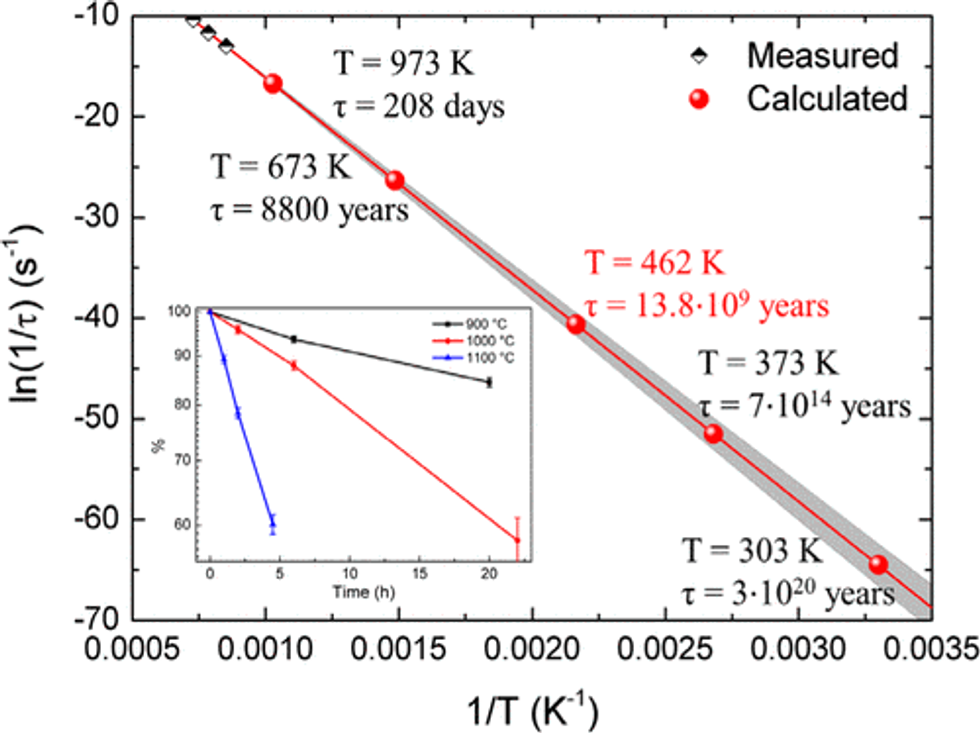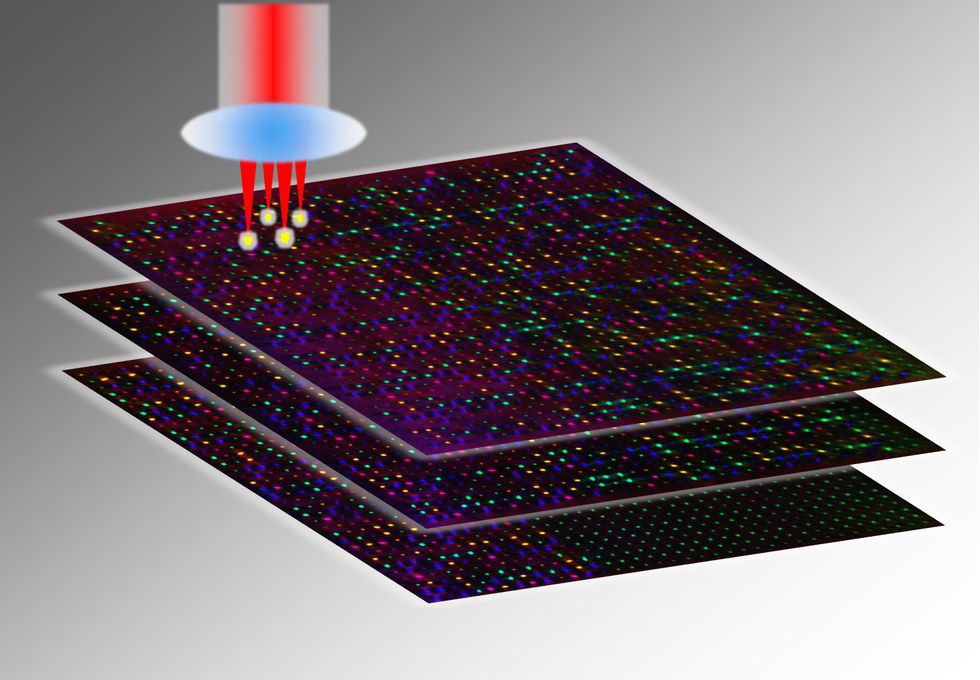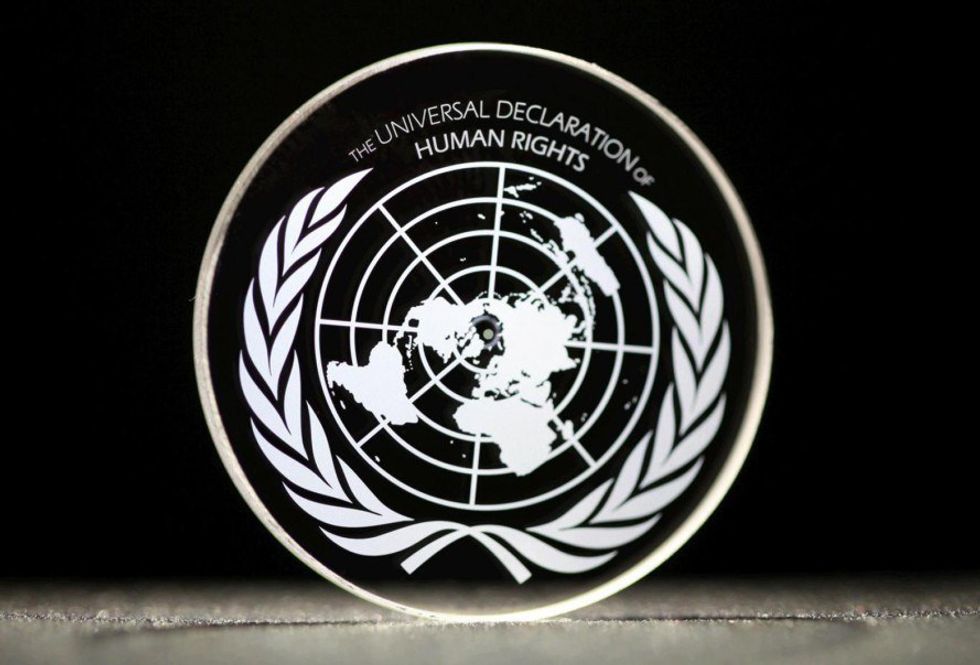Scientists at the University of Southampton have created a way to store massive amounts of information in very small pieces of glass that are being called "Superman Crystals." But what makes them so super?
1. They could last forever.
This chart, made by people with Ph.D.'s, for people with Ph.D.'s, demonstrates the durability of the new storage medium. The glass discs could last for 8,800 years at 751ºF (from the middle of the Stone Age to now at temperatures about 50º cooler than the surface of Mercury); for 3.8 billion years at 371ºF (from the time life first appeared on Earth to now at the temperature at which cake is baked); or for 300 trillion years at 85ºF (21,428 times the age of the universe at a little over room temperature).
2. The way they're encoded has the potential to store even more memory.
There are currently 5 dimensions that go into every dot on the glass: position (in 3 dimensions - length, width, and depth), size, and polarization. These factors alone have the ability to store 360 terabytes of information on a disc the size of a Blu-ray (about 3,000 times the amount of information those discs currently hold), but if new factors, such as different polarizations, were incorporated the storage capability could grow exponentially.
3. The first things that were recorded in this new medium say a lot about society.
To "demonstrate the format's virtues" to the public, the creators of the 5D discs have so far reproduced the King James Bible, the Magna Carta, the Universal Declaration of Human Rights (which was presented to the UN), and Isaac Newton's Opticks, which describes the basic principles of glass. These works are by no means fleeting, all containing fundamental pieces the world we inhabit. We are faced, for the first time in history, with a sense of immortality, of unlimited preservation of our knowledge for whoever, or whatever, comes after us, of our own persistence in the universe. Big choices must be made for our small creations.



























